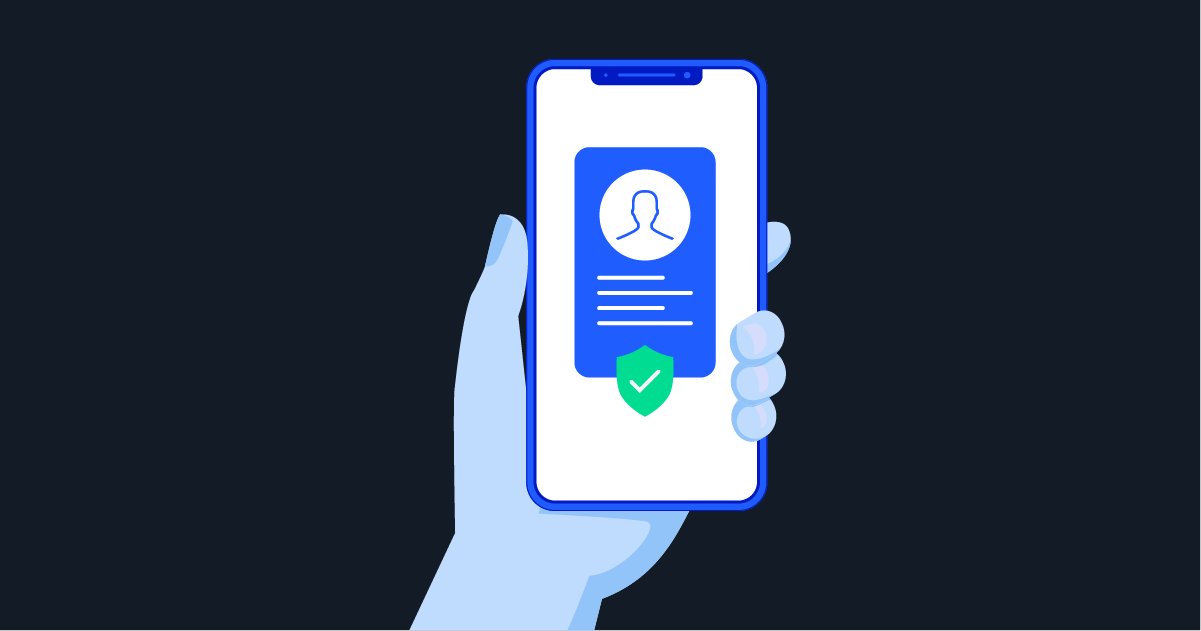
More and more of us are shopping online. And so are the fraudsters.
The coming holiday season is once again expected to break records for eCommerce sites, and with more shoppers comes more fraudsters. In order not to get scammed this holiday season, companies have to get more vigilant about protecting their users, their brands, and their hard-earned revenues.
eCommerce sites are increasingly relying on call centers to deliver the best possible customer experience and perhaps to add a dash of up-selling. However, these call centers are being targeted in increasing numbers by fraudsters for CNP (card not present) fraud and account takeovers.
Being aware of this ever-growing issue, we created this guide – ‘Tis the Season for Call Center Fraud
The modern fraudster is typically a few steps ahead of most call center operations. Their savvy use of technology and social engineering techniques can easily dupe call center agents into divulging critical pieces of information.
A Three-Pronged Defense is Necessary
To tackle this threat, we advise our eCommerce clients to take some simple steps and adopt some basic fraud detection technology including the following:
- Educate your call center representatives: Call center agents, especially those that authenticate riskier transactions (e.g., password resets) have to be informed of policies and procedures designed to identify and stop social-engineering techniques.
- Establish an initial trust anchor: By requiring your users to provide mobile or landline phone numbers at the time of account registration, call centers can later authenticate users for any risky transactions or account changes.
- Leverage technology: Call centers have a growing arsenal of tools to detect credit card fraud and account takeover. Call center representatives can now identify the phone type associated with the inbound calls. This enables the call center representatives to make better decisions such as flagging or blocking questionable transactions. While call centers still rely on challenge questions, they need to augment this method with two-factor authentication for high-risk transactions. Emerging technologies, like caller ID spoofing detection are also showing promise in limiting call center fraud.
If you’re behind the curve, implement a few of these steps in the coming weeks before the holiday rush hits — and before the fraudsters put any more coal in your holiday stockings.
If you have any questions about this growing problem, get in touch with us to stop call center fraud.


